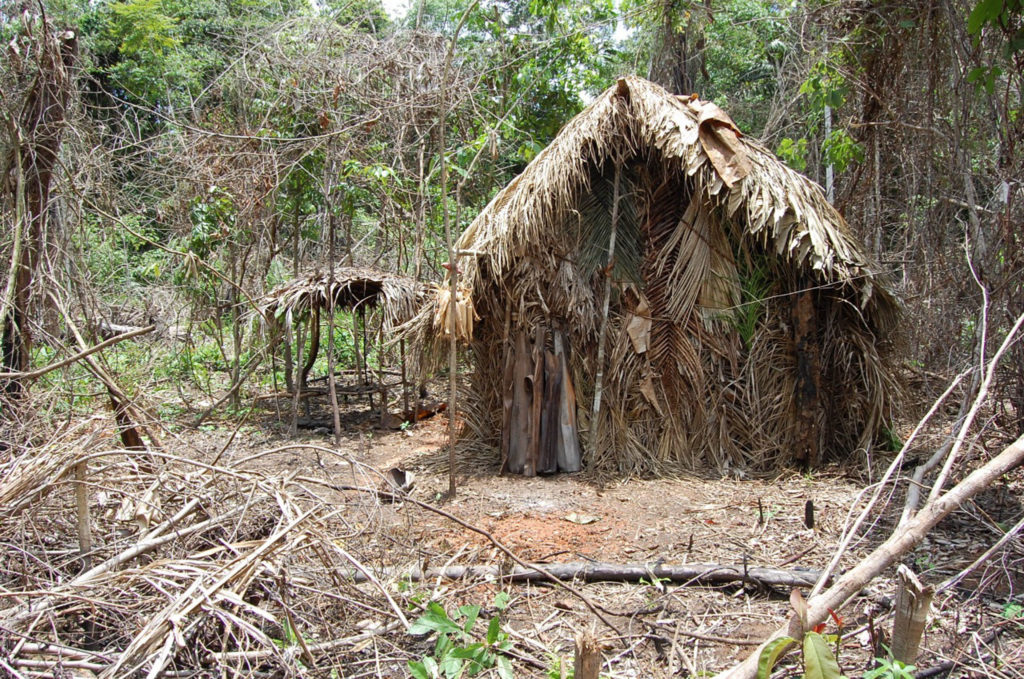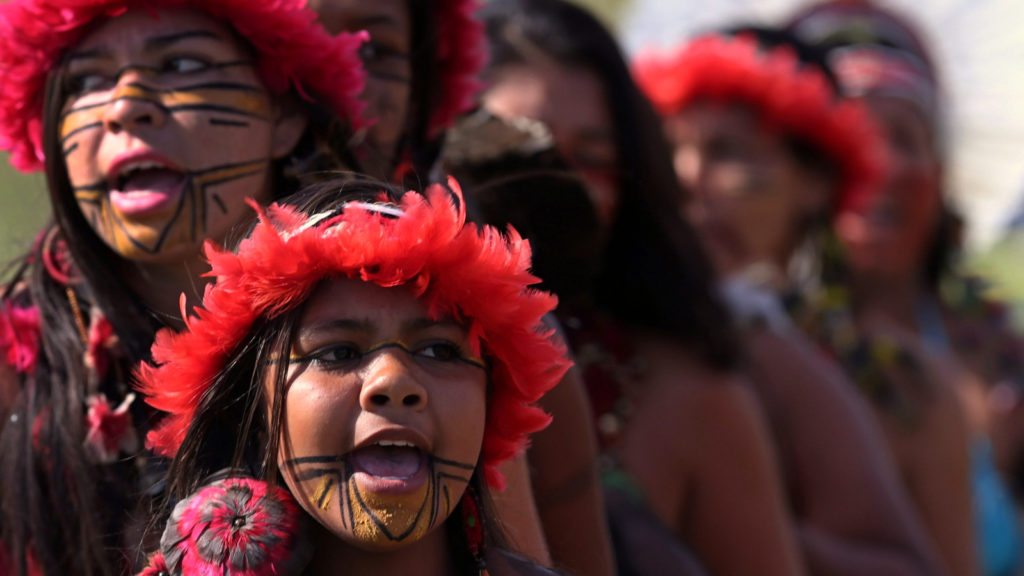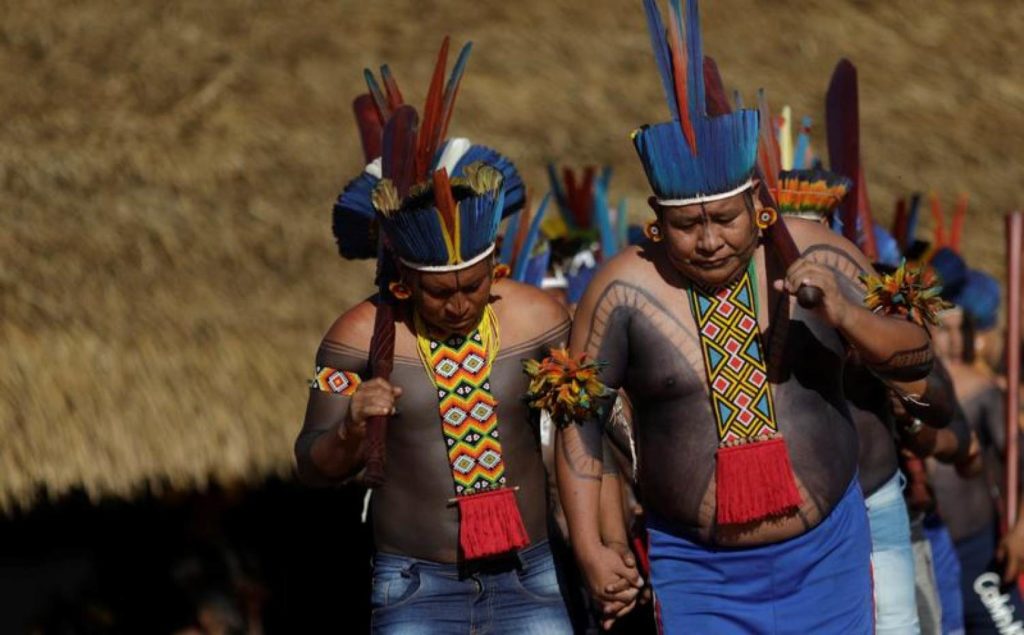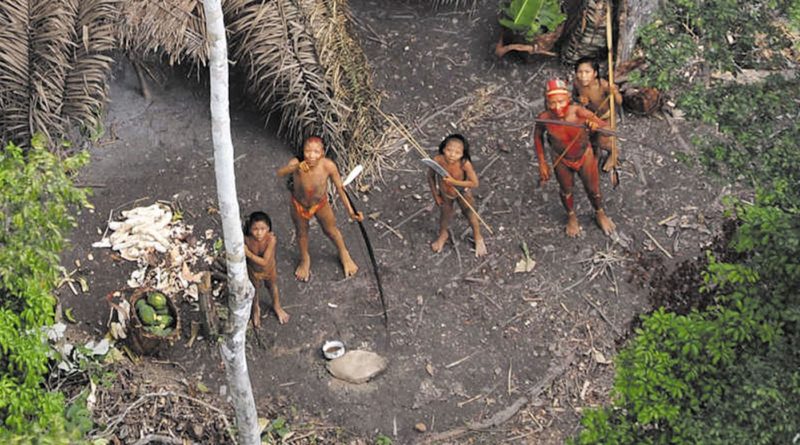Imagine being born in 2013, into a tribal family which not only didn’t have any of the bells and whistles of modern life, but actually had never even heard of it. In fact, imagine if they had never even come in to contact with someone from outside their tribal group, since, well, forever.
No coffee machine, no TV, no showers, no running water, no concept of time as we know it, no calendars, no clocks, no cookers, and very often, no clothes, this is the cultural gem of Brazilian isolated life; undiscovered, untouched, unhindered by modern worries and the ‘chains’ of civilisation.
All in all, it is a pretty crazy thought that so many examples of such tribes still exist, and Brazil is said to be home to the largest number of the world’s few remaining, so called, uncontacted, or isolated, peoples or Brazilian wild tribes. In recent years, aerial reconnaissance over the Amazon basin has revealed some of the most shocking footage of tribal groups that were previously totally unknown. Who ever said adventure travel was dead?

While it is thought that many of these isolated tribal groups will have had some contact with other civilisations, usually through territorial disagreements with other indigenous (but previously discovered peoples) tribes, the contact is considered so negligible that it has no bearing on their status as uncontacted people, and no altering effect on how they continue to conduct their lives.
In Brazil, the government organisation FUNAI (the National Indian Foundation), has worked to ensure the continued isolated existence of the tribal people in the country. Just six years ago, when the last census of the area was done, the organisation reported the existence of as many as 67 uncontacted peoples in the Brazilian Amazon alone. Of these, some are understood better than others, but none are understood well, and most contact is reported from helicopter flyovers or violent confrontations with loggers deep in the jungle.
Areas, known as ‘TerrasIndígenas’ (TIs), have been established by the government to ensure the sustainability of all Brazil’s tribes, but seven in particular focus on uncontacted peoples in particular. All of these are in the thick jungle clad areas of Acre, Amazonas and Rondônia in Brazil’s north east corner, on the fringes of the Bolivian jungle basins. Each area is home to one of the major identified uncontacted tribes, but it is also thought that many other, smaller tribes live in the same territories, some identified and named, others entirely unknown.
TI Alto Tarauacá in the province of Acre is one such area that is home to a group of wholly unidentified tribes, while in TI Hi-Merimã, TI Massaco, TIIgarapéOmerê, TI Rio Muqui, and the TI Rio Pardo, the identified tribes predominantly reside. These are very low populations of hunter-gatherer peoples, many of which are believed to be on the edge of extinction.
One prime example are the Akuntsu people, who suffered immensely at the hands of Brazilian ranch farmers in the last century and now are believed to number just five people. They reside in one of the largest TerrasIndígenas in Rondôniaalong with the Kanoe do Omerê tribal group, and despite the efforts of conservationists in the area, many are now entirely assimilated into non indigenous settlements, not so nearby.

Another concern for conservationists is the effect of outside contaminants, as isolated individuals have not developed the same robust immune systems or congenital antibodies that have become commonplace in post industrial revolution humanity. Of particular note, is the story of the Tanaru tribesman who is now the very last of his people. He resides alone, deep in the Brazilian Amazon, and it is thought that his former tribesmen and women suffered greatly at the hands of outside disease, possibly introduced to their village by wandering missionaries in the 18th and 19th centuries.
Another difficulty faced by the FUNAI organisation is the constant movement of some of the uncontacted tribes. Having designated specific protected areas, the problem of nomadic migration – where peoples move from A to B in search of greater resources – has meant that maintaining the boundaries can prove a particularly difficult task.
In the last ten years, the predicament of Brazil’s uncontacted people has been brought in to the light, to the forefront of the modern conservation consciousness. Many television documentaries have highlighted the existence of the tribes, while anthropologists, along with students of civilisation and human society in every walk, have only increased in interest for the peoples.

However, with increased levels of industrialisation in the country’s rural areas, where logging has proven particularly difficult to control, it is no wonder that the status of the uncontacted people of Brazil as such is under threat, as their previously sprawling jungle territory is encroached on more and more.

